
Information on Chrysanthemum
There are approximately 30 different species ofchrysanthemums in the genus of Chrysanthemum. They are all perennial floweringplants and they all belong in the family of Asteraceae. All species originatefrom northeastern Europe and Asia. Dried chrysanthemum flowers are commonly usedfor the preparation of a traditional Chinese tea. They have been used in therecipe for numerous centuries. The chrysanthemum flowers are an excellentsource of vitamin C, riboflavin, beta-carotene, potassium, calcium, niacin,fiber, magnesium, iron and folacin.
The tea made from chrysanthemum flowers canbe characterized by an opaque yellow color, naturally sweetened taste and avery strong, distinct floral aroma. It can be of great help when it comes tothe prevention and treatment of numerous different medical conditions such ashigh fever, flu and influenza. It is also very efficient in relieving heat ofthe human body, strengthening the lungs, relieving eye pain and improvingoverall eyesight quality. The tea can also be of great help for those whoexperience problems with digestion of greasy foods. It has remarkable healingproperties as it efficiently relieves headaches, migraine and dizziness.
Eyestrain, blurred vision and numerous other eye problems can be relieved bythe consumption of chrysanthemum tea on a regular basis. The sedative andcooling properties of chrysanthemum tea may come in very handy when it comes torelieving and treating of flu symptoms. The tea strengthens the lungs and keepsnumerous different types of respiratory diseases at bay. One should alwayscheck with a physician whether it is safe to consume chrysanthemum tea, becausecertain health conditions may trigger some adverse effects.
Side Effects of Chrysanthemum Tea
There are people who may be allergic to the certain chemicalsubstances contained in the chrysanthemum flowers which may lead to dermatitis,red patches, itching, inflammatory conditions and numerous other allergicreactions. Alantolactone which is contained in the flowers may also triggerphotosensitivity dermatitis in some persons.
The condition includes anincreased level of sensitivity to sunlight exposure. Diabetic people shouldavoid chrysanthemum tea because it may trigger certain interaction withinsulin. It can also lower the blood pressure significantly. The tea may alsointeract with certain types of medication. Pregnant and breastfeeding womenshould also try to avoid consuming chrysanthemum tea as much as possible.
Thesame can be said for persons who suffer from hay fever, because they may bevery sensitive to chrysanthemum tea. Those who harvest the fresh flowers shouldalways wear gloves.


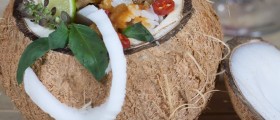


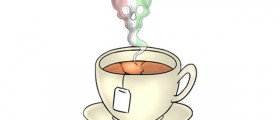


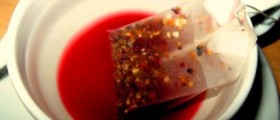


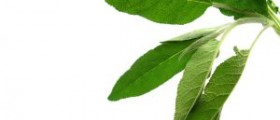
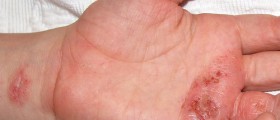




Your thoughts on this
Loading...